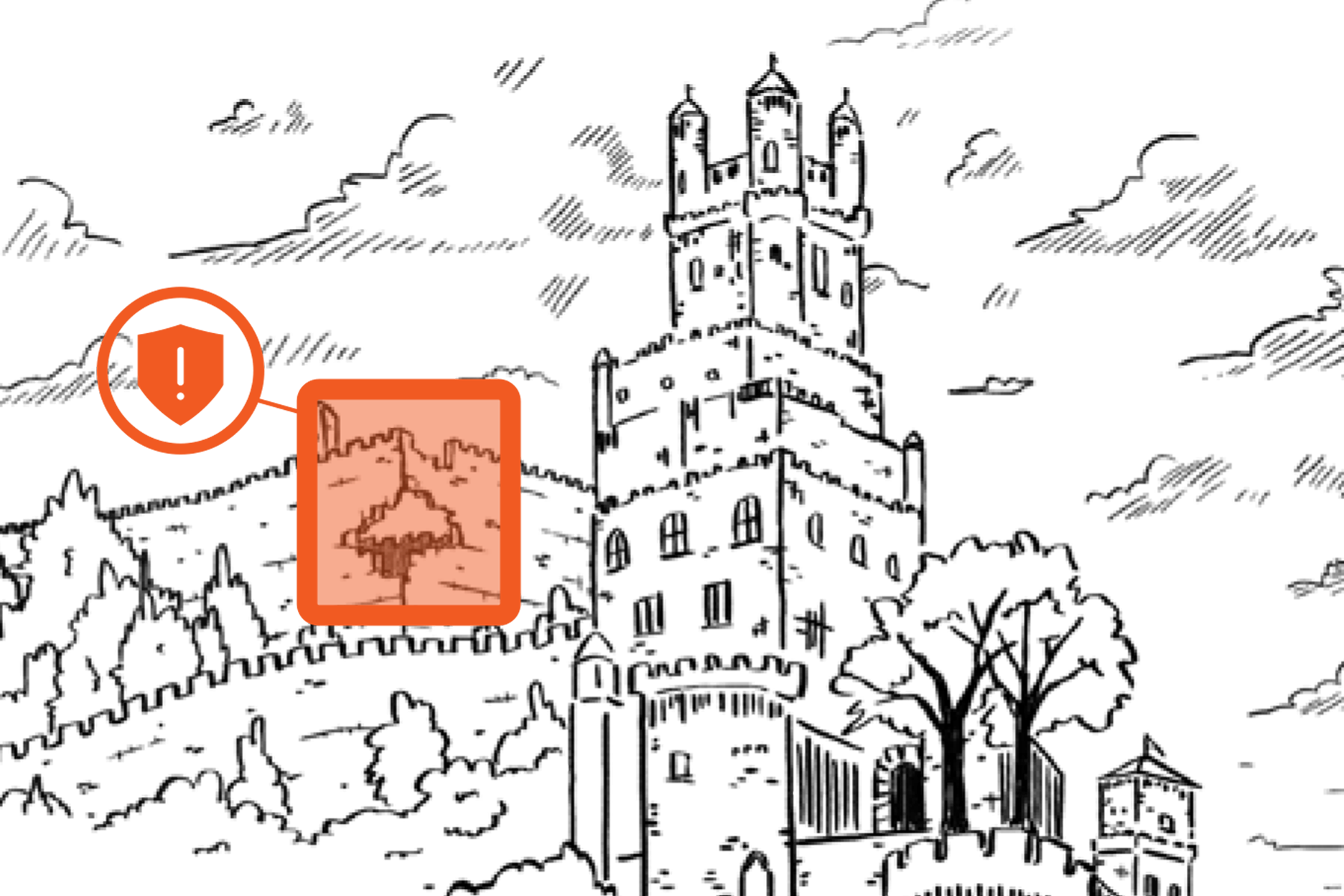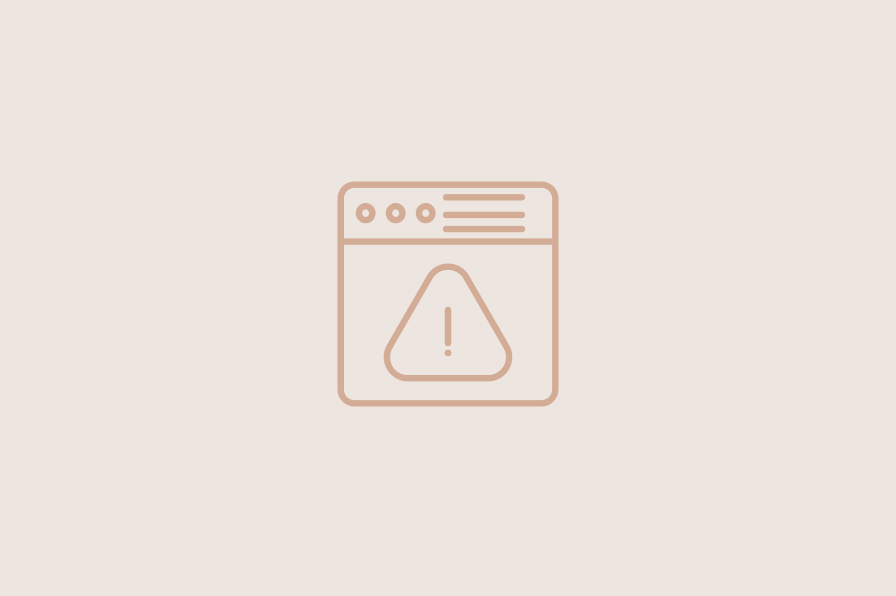NAVIGATING RISK: A GUIDE TO PRIORITIZING SAFETY, INJURY PREVENTION, AND FIELD LOSS CONTROL
March 2024


A robust risk management and safety program functions as the guardian helping protect employees from injury, shielding an organization from potential harm, and also generating a multitude of other benefits extending far beyond just meeting OSHA safety compliance standards. In addition to the primary purpose of ensuring the safety and well-being of employees, an injury-free work environment enhances employee morale and productivity, and instills confidence and pride in those running the day-to-day operations for PEOs and clients alike.
By directly and actively mitigating risks, businesses safeguard their assets while preventing potential financial losses and preserving their reputation within the marketplace. This article explores the integral steps of cultivating an enduring safety-centric mindset by practicing risk management fundamentals, pivotal to maximizing the value of the PEO relationship.
UNDERSTANDING THE LANDSCAPE
Embarking on a journey toward workplace safety excellence begins with a meticulous exploration of the client’s professional landscape to evaluate exposures and assess their unique needs. A PEO’s investment in internal field loss control professionals (as part of the PEO’s service offering) would allow the PEO to conduct regular client worksite inspections designed specifically to the client’s industry, would help unveil unmitigated hazards or risk exposures (operational, physical, chemical, ergonomic, biological) and assist with risk improvement action plans.
According to the Florida Office of Insurance Regulation’s 2023 Workers’ Compensation Annual Report, loss control measures that reduce the frequency of the number of claims and/or severity of the value of claims also result in lower premiums for employers. Organizational leadership at the PEO and the client level also plays a critical role in championing a sound safety program creation and implementation, encouraging employees to report safety concerns, and fostering a culture of vigilance and shared responsibility.
Encouraging PEO clients to empower their employees by maintaining an open-door policy on work-safety issues fosters communication between workers and managers, allowing direct feedback on potential safety concerns. For those closer to the data, analyzing historical loss performance has been proven valuable in identifying recurring incident trends and highlighting locations or areas of concern.
RISK MITIGATION STRATEGIES
Once a PEO understands its client’s business environment, the PEO can prioritize risks based on a combination of severity, likelihood, and potential consequences. This ensures the strategies adopted will prevent and mitigate the most prominent risks and foster a safe and resilient workplace. To do so, a PEO’s risk management personnel should recommend clients implement preventative safety measures such as engineering controls like machine guards and ventilation systems or setting in place administrative controls like mandatory new employee safety orientation, thorough work procedures, and frequent documented training designed to minimize exposure to hazards, reduce human error, and prevent accidents.
Highlighting employee safety, PEOs can also assist with selection and management of personal protective equipment (“PPE”) vendor programs (slip-resistant shoes, safety glasses, etc.) and emphasize the benefits of proper use of PPE. According to The Journal of Safety Research (2023) there is a significant association between the lack of PPE use and work-related injuries. Additionally, a commitment should be made by a PEO to assist their clients with the development of detailed emergency plans/programs for various scenarios that in turn should be reinforced by clients by regular drills that familiarize employees with emergency procedures. When established, clearly communicated protocols facilitate swift and effective responses during crises. This comprehensive and holistic approach reflects a dedication to proactive risk management, promoting a culture of safety and resilience across any organization’s operations.
SETTING THE FOUNDATION
A strong risk management and safety program is highly dependent on not only the formation of sound safety practices, but also in its successful implementation and general adoption by the workforce. PEOs must actively foster and support a safety-oriented mindset among their clients and worksite employees through RM/LC resources and tools geared towards regular and comprehensive safety training sessions, ensuring that all worksite personnel are well-versed in potential hazards recognition and mitigation as well as safe work practices. It has also proven effective to create environments which encourage open and transparent communication which empower employees to report safety concerns without fear of reprisal. Additionally, PEOs should encourage their client’s organizations to actively involve employees in the safety improvement process through a safety committee membership, or a safety suggestion program which values employees’ insights and contributions.
Promoting a resilient safety culture across any organization begins at an employee’s inception. PEOs can begin by ensuring the client’s organizations integrate safety into the onboarding process for new employees, instilling a safety-conscious mindset from the very beginning of their employment. Recognizing the importance of acknowledging and incentivizing safety initiatives, PEOs and their clients should also collaborate to implement programs that reward and celebrate employees’ commitment to creating a safer workplace. Leadership engagement and involvement in these safety initiatives assist in setting an example and emphasizing the critical importance of maintaining a safe work environment. Through these collective efforts, organizations can ensure safety is ingrained in every aspect of their operation and promote the well-being and success of their team.
MEASURING SUCCESS
With a sound safety culture framework and risk mitigation strategies in place, monitoring safety programs and identifying means and methods of continual improvement would ensure that exposure to injury is reduced and safety remains a priority as any organization evolves overtime. The key to measuring success of a safety program is meticulously tracking key performance indicators (KPIs) aligned with primary safety objectives. Establishing KPIs that directly correlate with reducing incident rates and enhancing response times helps prioritize safety strategies and identify areas where intervention would be impactful. Equally crucial is the implementation of a system to capture and analyze leading indicators, such as near-miss reports, allowing for the early identification of potential risks and fostering a preemptive risk mitigation culture.
Regularly communicating progress updates to worksite employees, and not just keeping data at the management level, ensures transparency. Similarly, celebrating safety milestones through company-wide communications, events, and recognition programs acknowledges collective achievements while also motivating a sustained commitment to the safety strategy. In addition, the creation of a feedback loop for ongoing risk assessment helps PEOs and their clients adapt to dynamic risk factors.
Accomplishing this may include the implementation of regular safety meetings or forums, fostering an environment where employees actively contribute feedback and insights on safety concerns. Sharing lessons learned with stakeholders and utilizing incident data to effectively update safety protocols and training programs demonstrate a commitment to not only mitigating risks but ensuring the sustained evolution and adaptability of risk management strategies within the dynamic PEO sector. Ultimately, the dividends of a comprehensive risk management and safety program coupled with meaningful field loss control activities heavily contribute to overall organizational stability, longevity, and the pursuit of excellence for all PEOs and their clients. Putting employee safety first benefits everybody.
-
SHARE
- Copy to clipboard




